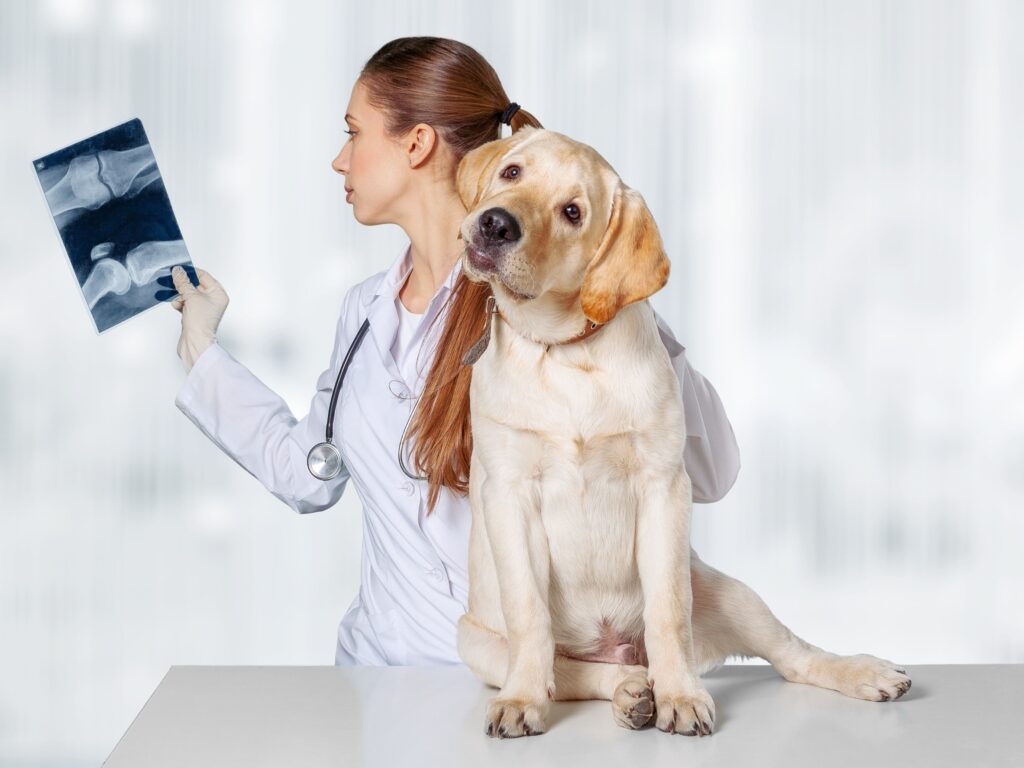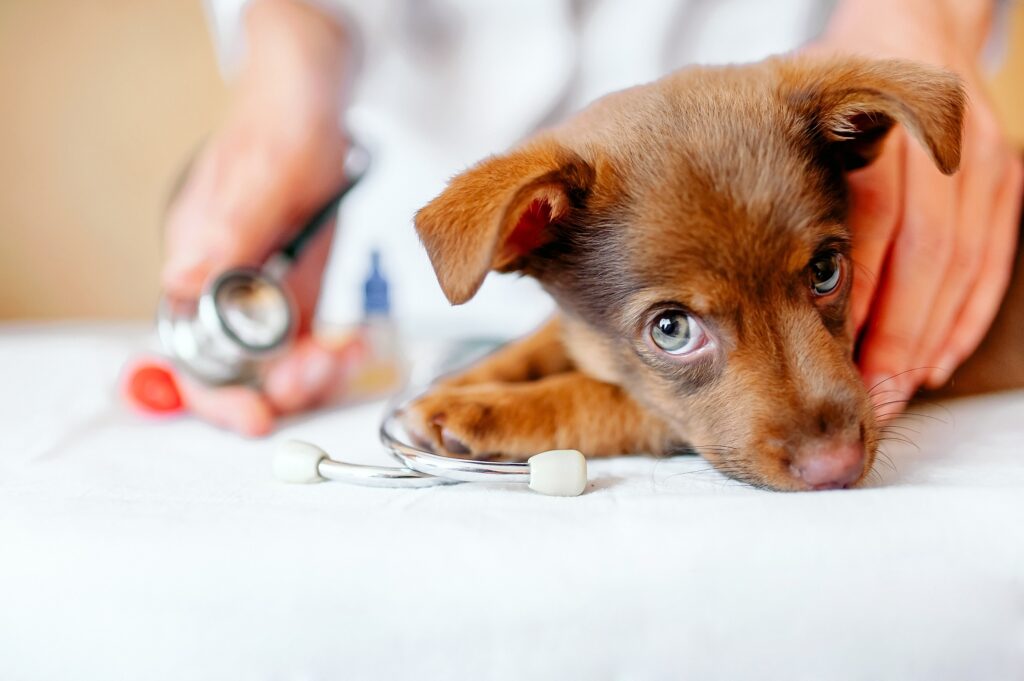Every year, millions of dogs enter animal shelters, with many of these animals being the result of unplanned litters. Spaying and neutering not only help control the pet population but also offer significant health and behavioral benefits for individual dogs.
But when is the best time to spay or neuter your dog? As a pet owner, getting the timing right is an important decision that can impact your pet’s long-term health.
This article will explore the definitions and differences between spaying and neutering, the benefits of these procedures, the ideal timing, and considerations based on recent research and veterinary opinions.

Understanding Spaying and Neutering
Spaying is a surgical procedure performed on female dogs to remove the ovaries and uterus, preventing them from going into heat and reproducing.
Neutering, or castration, is the surgical removal of the testicles in male dogs, which eliminates their ability to sire puppies.
These procedures are routine and generally safe, but there are common misconceptions. For instance, some believe that spaying or neutering will drastically change a dog’s personality.
However, while certain behaviors related to reproduction may decrease, the dog’s core personality typically remains unchanged.
Benefits of Spaying/Neutering
Health Benefits
Spaying and neutering can significantly reduce the risk of certain cancers and infections.
For example, spaying eliminates the risk of ovarian and uterine cancers and greatly reduces the risk of mammary gland tumors, which are malignant in about 50% of dogs.
Neutering reduces the risk of testicular cancer and can prevent conditions such as benign prostatic hyperplasia.
Behavioral Benefits
Behaviorally, spayed and neutered dogs are often less aggressive, less likely to roam in search of a mate, and less likely to mark their territory with urine.
These changes can make them more manageable pets and reduce the likelihood of accidents or injuries related to these behaviors.
Population Control
Spaying and neutering also play a critical role in controlling the dog population, reducing the number of unwanted puppies that end up in shelters. This helps reduce the burden on animal shelters and decreases the number of euthanized animals.
Ideal Timing for Spaying or Neutering
Veterinarians generally recommend spaying or neutering dogs before they reach sexual maturity, but the exact timing can vary based on several factors.
| Breed Size | Best Age to Spay (Females) | Best Age to Neuter (Males) |
| Small Breeds (Under 20 lbs) | 6-9 months | 6-9 months |
| Medium Breeds (20-50 lbs) | 6-9 months | 6-9 months |
| Large Breeds (50-90 lbs) | 9-12 months | 12-15 months |
| Giant Breeds (Over 90 lbs) | 12-18 months | 18-24 months |
[For information on breed sizes, check out our Complete List of Dog Breeds According to Size]
Factors Influencing Timing
Dog’s Breed and Size: Larger breeds tend to mature later than smaller breeds, and the timing of spaying/neutering can differ accordingly. Smaller breeds may be spayed or neutered as early as six months, while larger breeds might benefit from waiting until they are closer to one year old.
Individual Health and Development: Each dog’s health and developmental milestones should be considered. Some dogs may have medical conditions that mean that surgeries should be performed earlier or later, depending on the condition.
Owner’s Lifestyle and Environment: The dog’s living environment and the owner’s ability to manage an intact pet can influence the timing. Owners in multi-dog households or those who cannot securely manage a dog in heat may opt for earlier procedures.
Age Considerations
Spaying/Neutering Puppies
Puppy spaying/neutering (typically between 6-9 months) is common and can prevent early pregnancies and some behavioral issues. However, there are concerns about the potential impact on growth and development, particularly in larger breeds.

Adolescent Dogs
For adolescent dogs, balancing growth and hormonal changes is essential. Delaying the procedure until after a dog has reached near full growth can help avoid some orthopedic issues, especially in large breeds.
Adult Dogs
Adult dogs can still benefit from being spayed or neutered, but there are special considerations. Older dogs may face higher surgical risks, and recovery times might be longer.
Delaying spaying or neutering can also reduce the protective effects against certain cancers.
For instance, spaying a female dog before her first heat cycle significantly reduces the risk of mammary gland tumors. Similarly, early neutering in male dogs lowers the chances of developing testicular cancer and benign prostatic hyperplasia.
The older a dog is before being spayed or neutered, the more the risk of these types of cancers increases.
Diverse Opinions Within the Veterinary Community
Veterinarians may have differing opinions based on their experiences and interpretations of the latest research. Some advocate for early spaying/neutering to prevent unwanted litters, while others recommend waiting to avoid potential negative health outcomes.
Owners should engage in discussions with their veterinarians to understand the benefits and risks and to determine the best timing for their specific dog.
Risks and Potential Complications
Short-Term Risks of the Surgery
As with any surgery, spaying and neutering carry some risks, such as reactions to anesthesia, post-operative infections, and temporary discomfort.
However, these risks are minimal and can be significantly reduced by following post-operative care instructions.
Long-Term Health Considerations
Potential long-term health impacts, including the risks of certain cancers and orthopedic conditions, particularly in larger breeds, should be weighed.
Some studies have shown a possible link between early neutering and an increased risk of certain joint and bone diseases. However, more research is needed to confirm these findings.
Managing Post-Operative Care and Recovery
Post-surgery, veterinary guidelines for care will need to be followed, including managing pain and preventing the dog from licking the surgical site to avoid infection or damage to the sutures.
Restricting activity after surgery is an important part of the recovery process. Too much movement can lead to complications such as opening of the surgical incision, bleeding, or even infections.
Keeping your dog calm and avoiding strenuous activities allow for proper healing and reduces the likelihood of post-operative issues.
If necessary, accessories like Elizabethan collars can help prevent licking of the wound and help make sure recovery goes smoothly.

Wrapping Up
A trusted veterinarian can provide personalized advice on when to spay/neuter based on your dog’s health, breed, and lifestyle. Each dog is unique, and the decision should be based on a comprehensive understanding of their specific needs.
By making an informed decision based on recent research, veterinary advice, and individual circumstances, pet owners can ensure they provide the best care for their dogs.
[All images used with permission or on license]
References
- Hart, B. L., Hart, L. A., Thigpen, A. P., & Willits, N. H. (2024). Assisting decision-making on age of neutering for 35 breeds of dogs: Associated joint disorders, cancers, and urinary incontinence. Frontiers in Veterinary Science.
- Wood, T. (2024). When should you neuter or spay your dog? Researchers update guidelines. UC Davis News.
- Baltutis, K. (2021). New research on timing of spay/neuter. Well Bred Vet.
- Dodd, C. (2024). New study updates spay-neuter timeline for popular dog breeds. AKC News.

